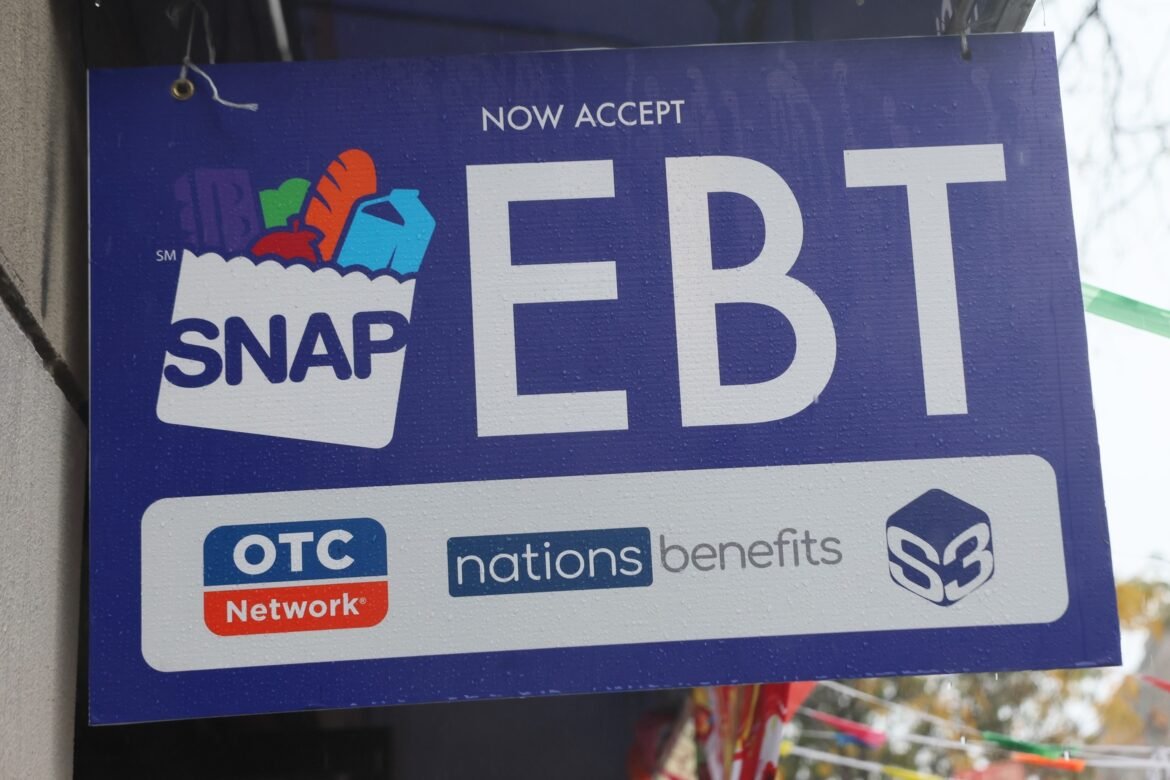Starting Saturday, Some 42 million low-income Americans, including 16 million children, have lost access to benefits through the Supplemental Nutrition Assistance Program (SNAP) as the government shutdown continues.
The Agriculture Department has said that funding for this month’s benefits, which it says is about $9.5 billion, has been exhausted.
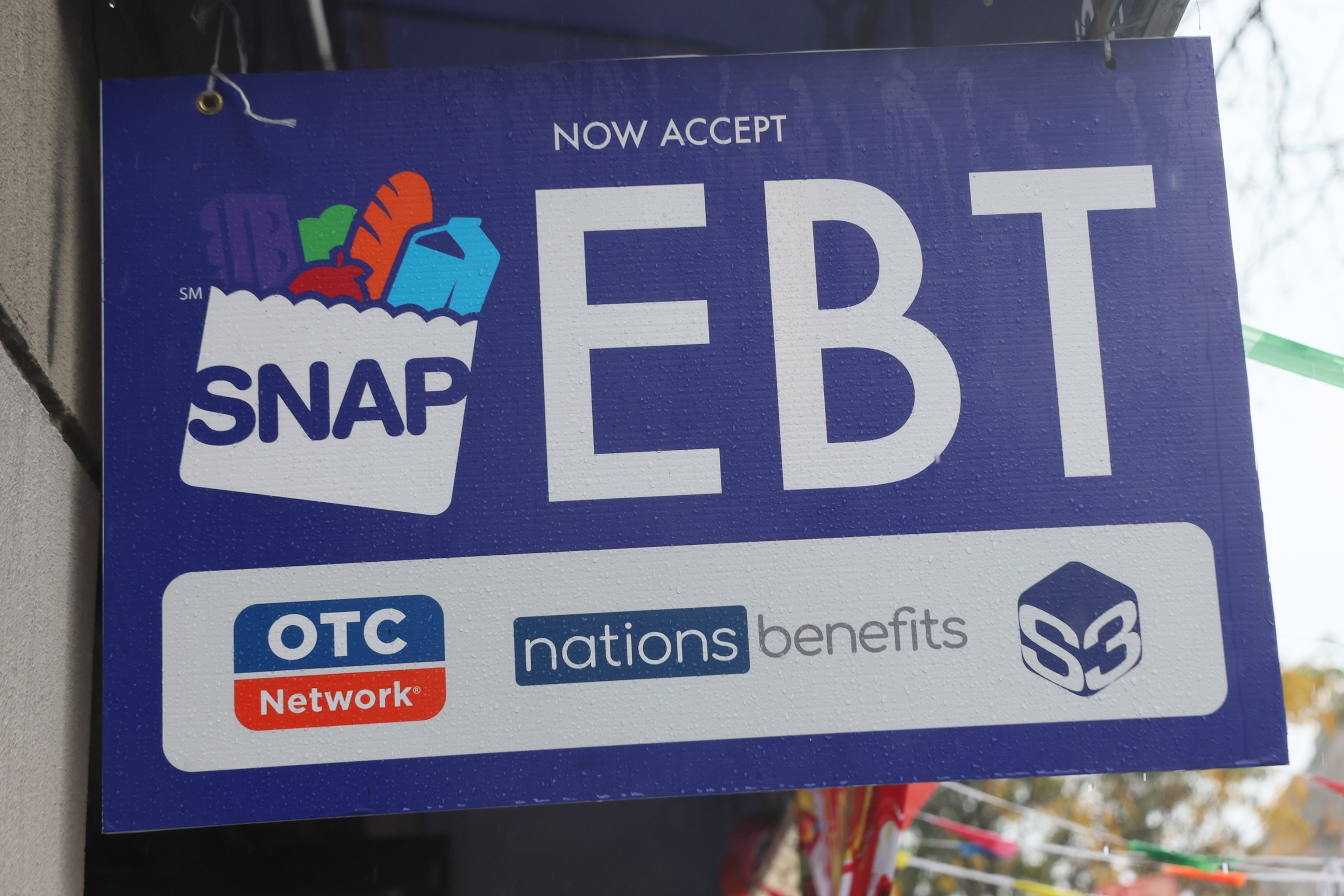
A store displays a sign accepting Electronic Benefit Transfer (EBT) cards for grocery purchases from the Supplemental Nutrition Assistance Program (SNAP), on October 30, 2025 in New York City.
Michael M. Santiago/Getty Images
The Trump administration has said it will not provide a financial lifeline for SNAP as it has to fund military and other government salaries and benefits affected by the shutdown, and has joined Republicans, who control both houses of Congress, in blaming Democrats for the situation.
Traditionally, SNAP has been funded entirely by federal funds, but is administered by the states. That means the impact of the shutdown on SNAP and when benefits will begin to become unavailable will vary by state.
Some states have initiated their own contingency plans, using their own funds in most cases, to keep their SNAP running.
Here’s a list of what states have announced so far.
Arizona
On October 29, Arizona Democratic Governor Katie Hobbs announced that the state would deploy $1.8 million in funding to offset the loss of SNAP.
Of that money, 1.5 million, he said, “will be allocated to food banks across the state to fill gaps for SNAP households seeking food,” while the rest will be used by Food Bucks Now, an emergency fresh food program offering vouchers for vegetables and produce.
California
The state allocated $80 million to food banks across the state, according to Democratic Gov. Gavin Newsom.
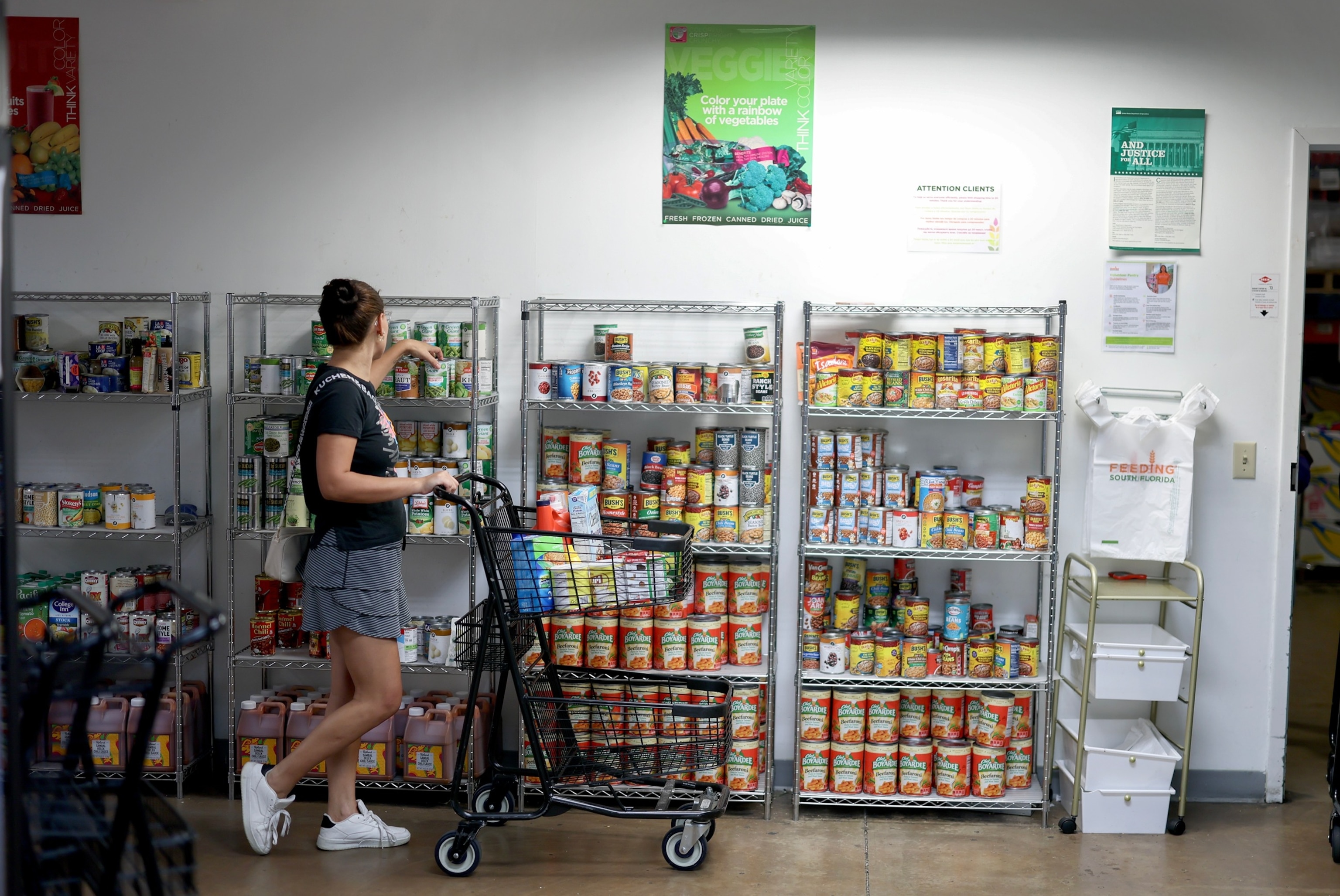
Ester Peña shops at the Feeding South Florida food pantry, October 27, 2025 in Pembroke Park, Florida.
Joe Raedle/Getty Images
Colorado
Democratic Gov. Jared Polis last week sent a request to the state legislature to approve “$10 million in General Fund revenue to support food banks and pantries, and another to expand previously approved funding for Women, Infants and Children (WIC). access to nutrition until November.”
Connecticut
Three million dollars in emergency funds were awarded to Connecticut Foodshare, a nonprofit that helps food banks in the state, Democratic Gov. Ned Lamont said Oct. 27.
Delaware
Democratic Governor Matt Meyer declared a state of emergency on October 29 and “ordered that funds be identified and transferred to the Department of Health and Human Services (DHSS) for the continuation of SNAP payments.”
Payments will be made weekly.
Hawaii
On October 29, the state launched the Hawaii Assistance Program that will provide “up to four months of TANF support for housing and utility payments to eligible families who have at least one dependent child in their household and are in financial crisis or having an episode of need.”
Residents who are not SNAP recipients can apply, according to Gov. Josh Green.
The state also donated $2 million to food banks.
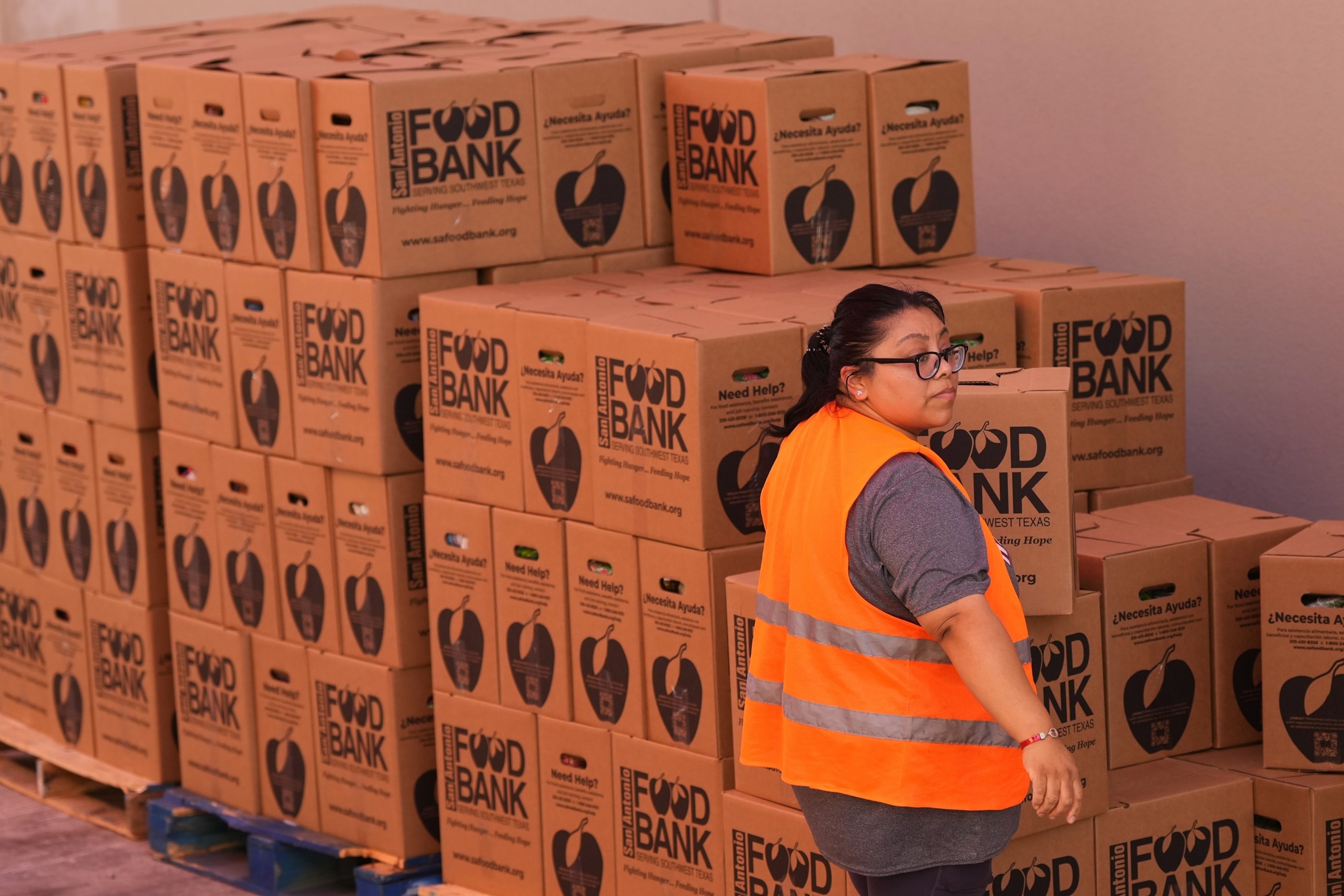
Volunteer Cindy Leiva helps load a vehicle during a food distribution aimed at federal employee households affected by the federal shutdown, as well as SNAP recipients, on Oct. 27, 2025, in San Antonio.
Eric Gay/AP
Illinois
Democratic Gov. JB Pritzker signed an executive order on Oct. 30 that allocated $25 million in state funding to food banks.
Iowa
Gov. Kim Reynolds ordered the state to match up to $1 million in donations to the state’s food banks.
Louisiana
Governor Jeff Landry declared a state of emergency on October 24 and directed the state legislature to authorize stabilization funds to assist residents in need.
As of October 31, the legislature has not given authorization.
Maine
One million dollars from Democratic Gov. Janet Mills’ office will be sent to food banks.
Maryland
Gov. Wes Moore issued a state of emergency on Oct. 30 and allocated $10 million to food banks.
Massachusetts
The Massachusetts Emergency Food Assistance program, which provides food assistance, received an additional $4 million in state funding, Democratic Gov. Maura Healey announced Thursday.
Minnesota
Democratic Gov. Tim Walz announced Oct. 27 that he had allocated $4 million to food banks.
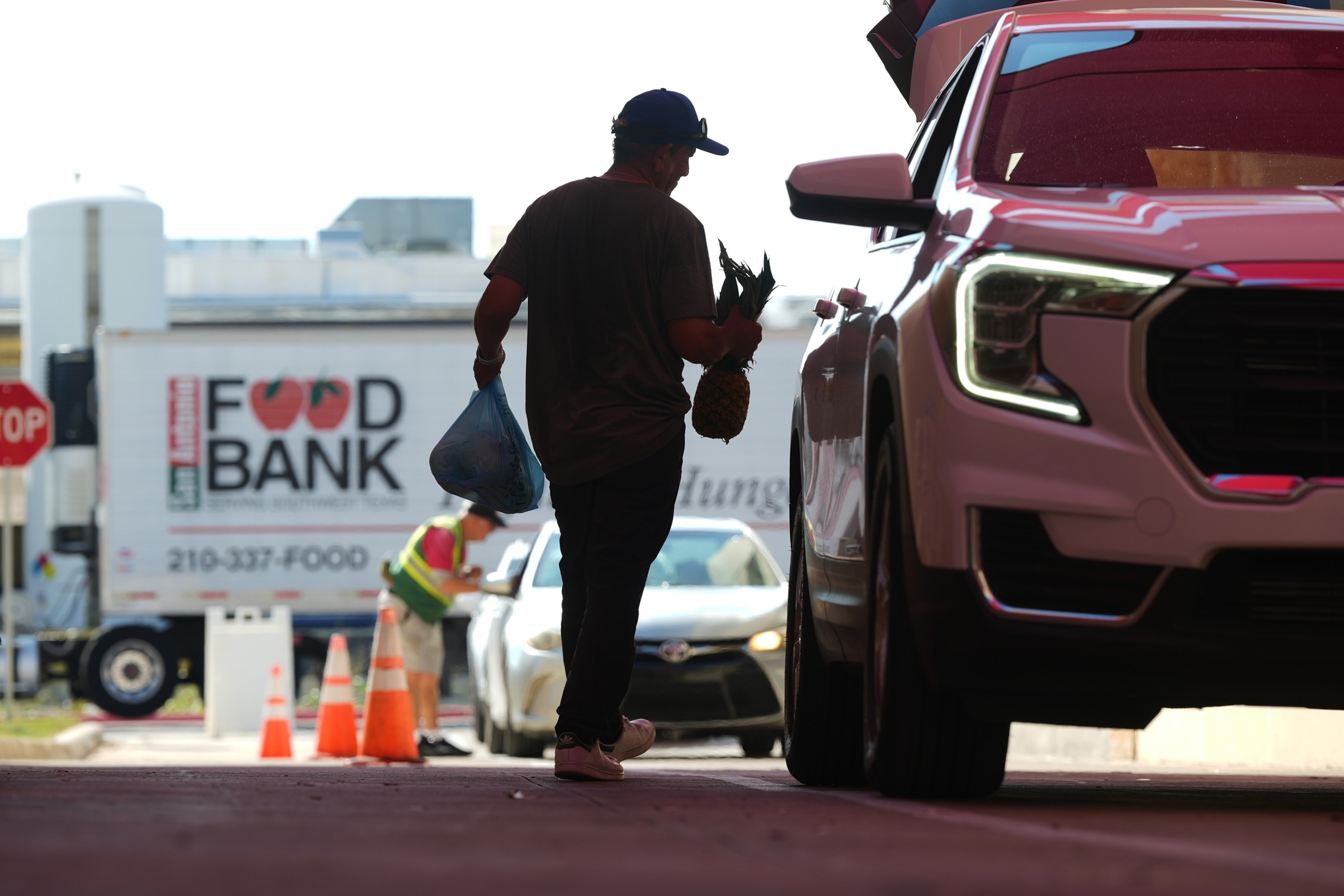
Volunteer Joel Hernandez helps load a vehicle during a food distribution to federal employee households affected by the federal shutdown, as well as SNAP recipients, on Oct. 27, 2025, in San Antonio.
Eric Gay/AP
Missouri
Five million dollars from the state have been given to food banks, Democratic Gov. Mike Kehoe said Oct. 29.
An additional funds transfer of $10.6 million was sent to Missouri Area Agencies on Aging for programs to feed seniors.
New Mexico
Democratic Governor Michelle Luján Grisham announced on October 29 that the state distribute $30 million in state-funded food benefits on existing EBT cards to eligible New Mexicans.
New York
On October 30, Democratic Governor Kathy Hochul declared a state of emergency.
The governor announced that the state would provide $40 million in new funding to the Nutrition Assistance and Hunger Prevention Program, which provides emergency food assistance, and $25 million to Nourish NY, which supplies surplus produce. to food banks.
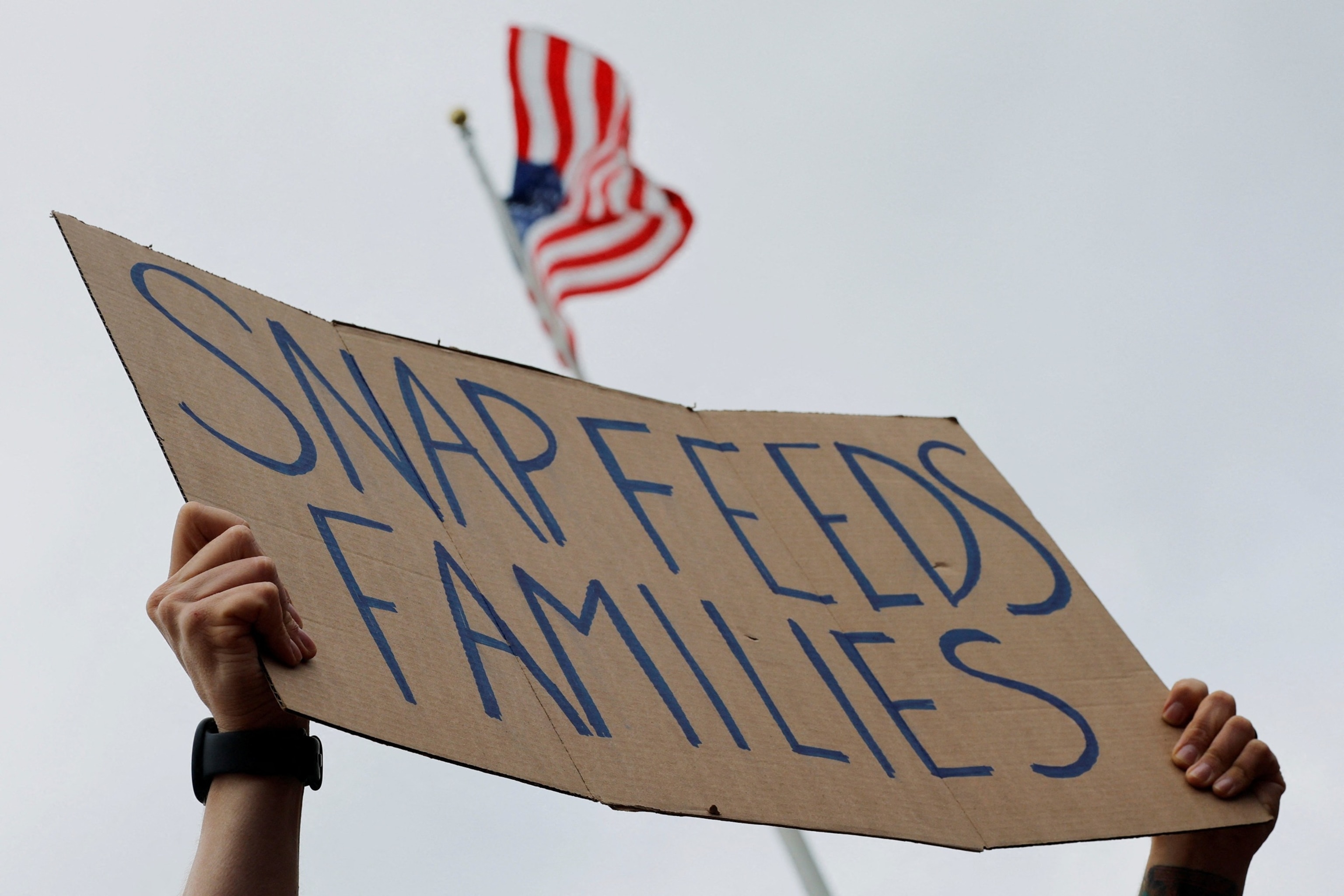
A man holds a sign that reads “SNAP Feeds Families,” as food aid benefits will be suspended starting Nov. 1, during “A Rally for SNAP” on the steps of the Massachusetts Capitol in Boston, Massachusetts, on Oct. 28, 2025.
Brian Snyder/Reuters
North Carolina
The state will offer $10 million to state food banks, Democratic Gov. Josh Stein said Oct. 30. Private organizations and charities in partnership with the state will fund an additional $8 million, the governor said.
North Dakota
Republican Governor Kelly Armstrong announced on October 30 that she allocated $915,000 in state funds to food banks and $600,000 for the state’s WIC program.
Ohio
Twenty-five million in state funds will be used to offset SNAP losses, Republican Gov. Mike DeWine said after signing an executive order on Oct. 30.
As part of the order, up to $18 million in emergency relief benefits will be provided to Ohioans who are at or below 50% of the federal poverty level. Seven million dollars will also be donated to food banks.

The California National Guard sorts produce at the Los Angeles Food Bank on Oct. 29, 2025, in Los Angeles.
Mario Tama/Getty Images
Oregon
Democratic Governor Tina Kotek declared a food emergency on October 29 that will be in effect in November and December.
Kotek ordered that “$5 million of remaining Temporary Assistance for Needy Families (TANF) funds” be sent to food banks.
“TANF carryover is unspent federal TANF funds from prior years that remain available until used,” the governor’s office said in a news release.
Rhode Island
Democratic Governor Dan McGee issued a state of emergency on October 28 and allocated $6 million in Temporary Assistance for Needy Families (TANF) to 20,000 eligible families.
He also allocated “$200,000 of social services block grant funds to enhance the capacity of the RI Community Food Bank,” according to the governor’s office.
Virginia
Republican Governor Glen Youngkin issued a state of emergency and launched the Virginia Emergency Nutrition Assistance (VENA) initiative.
The program will provide residents with state funds weekly to use in lieu of SNAP through November. One million dollars will also go to food banks.
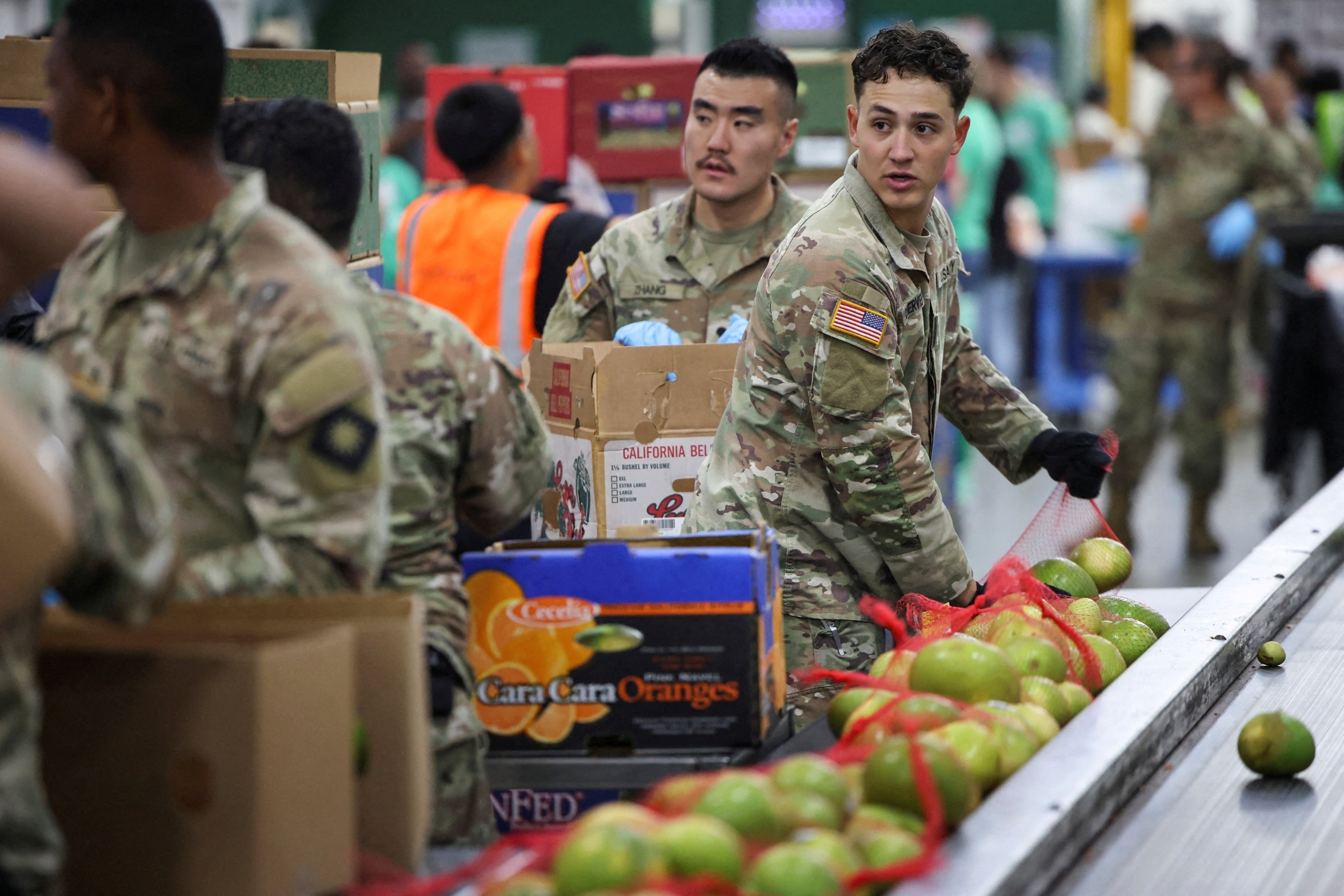
The California National Guard sorts produce at the Los Angeles Food Bank on Oct. 29, 2025, in Los Angeles.
Daniel Cole/Reuters
Washington
The state will provide $2.2 million per week to food banks across Washington until SNAP funding is restored, according to Democratic Gov. Bob Ferguson.
W.V.
Republican Gov. Patrick Morrisey announced Oct. 28 that the state would support a food drive and match up to $13 million in donations to food banks.

